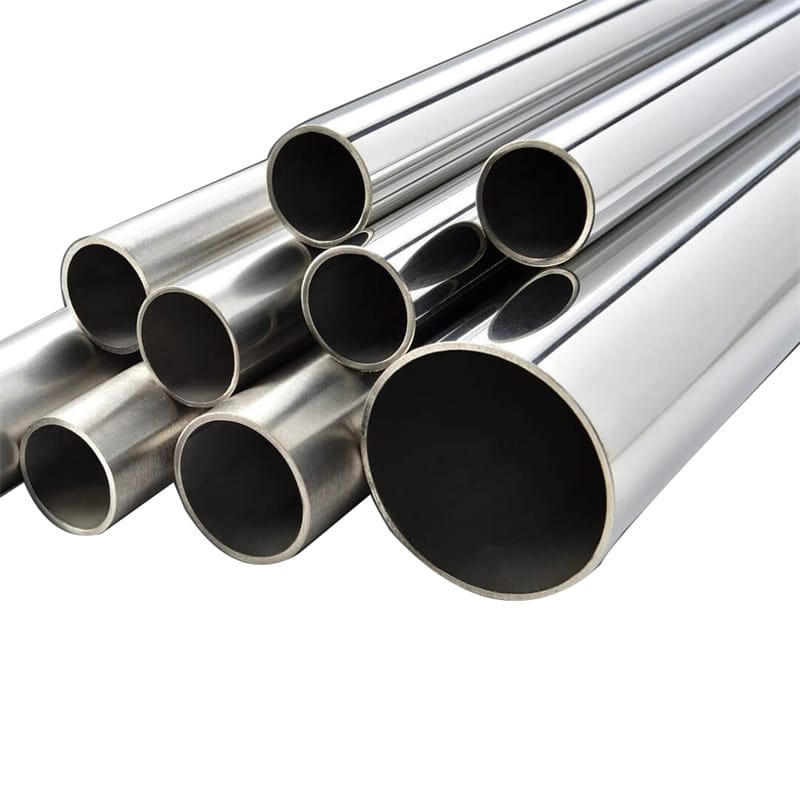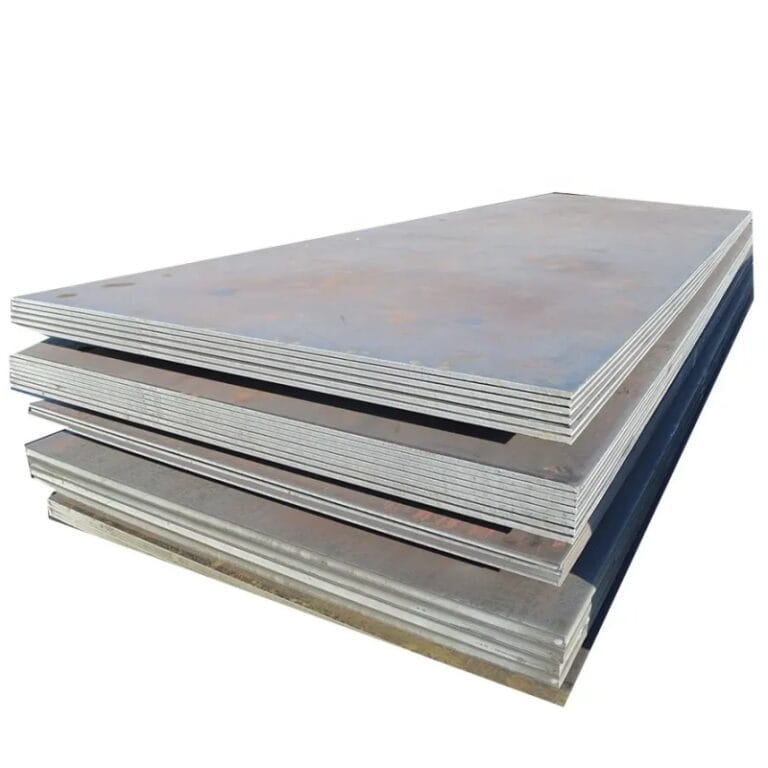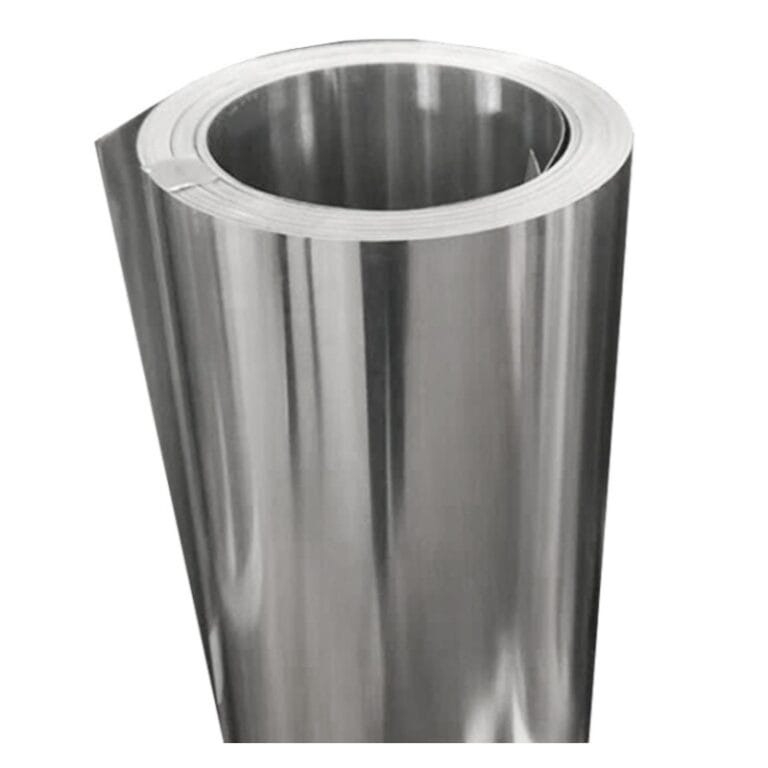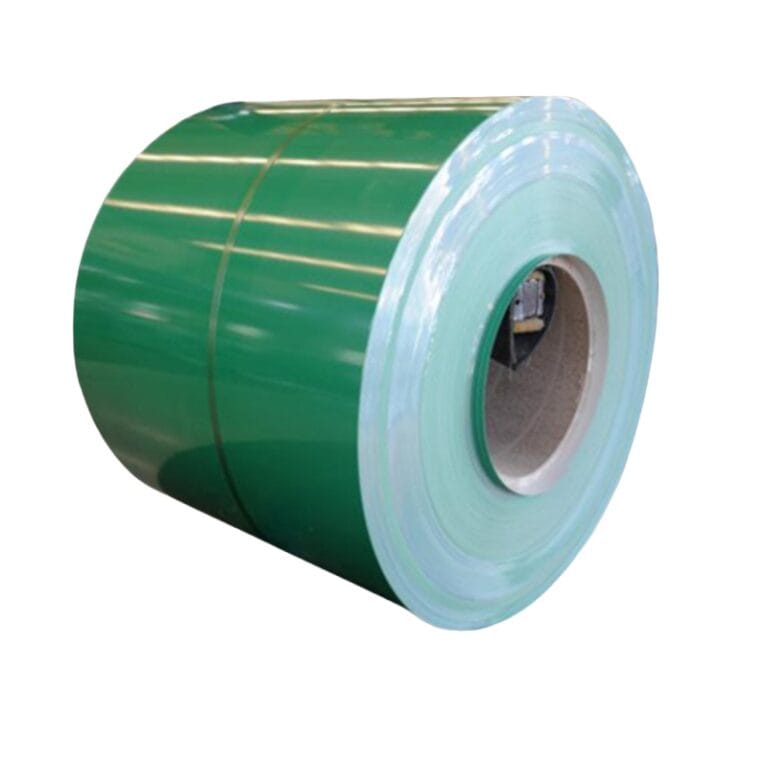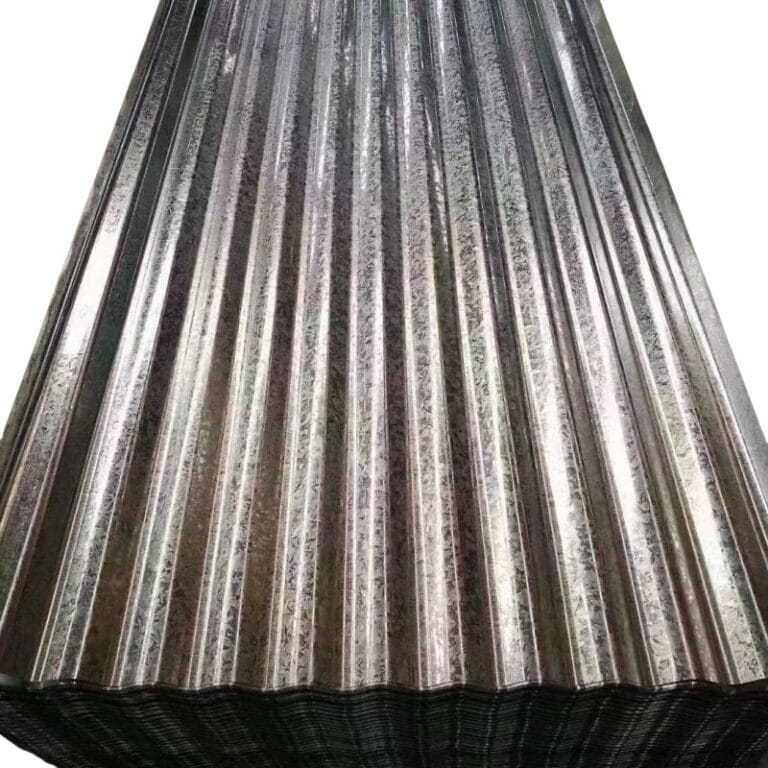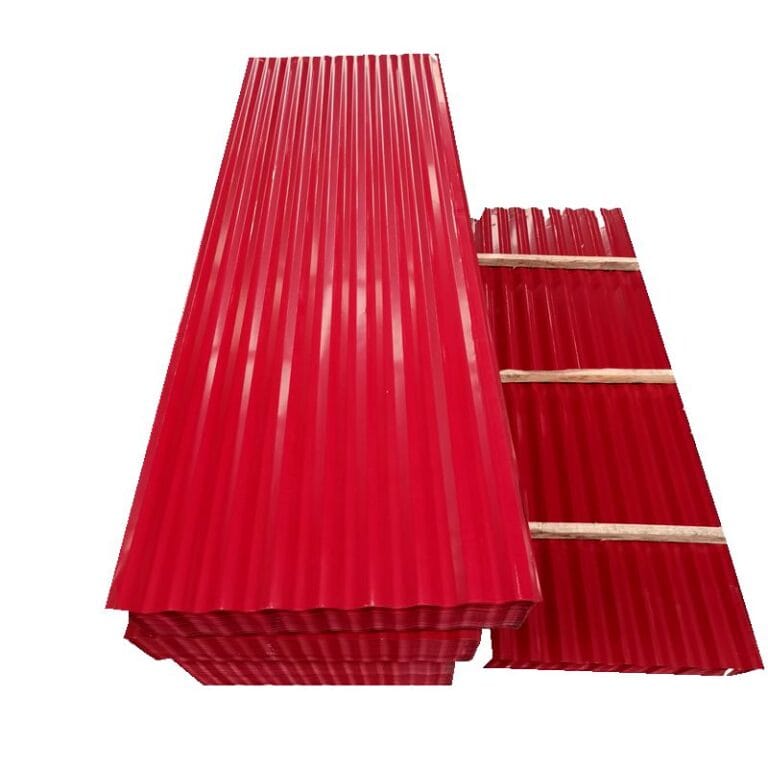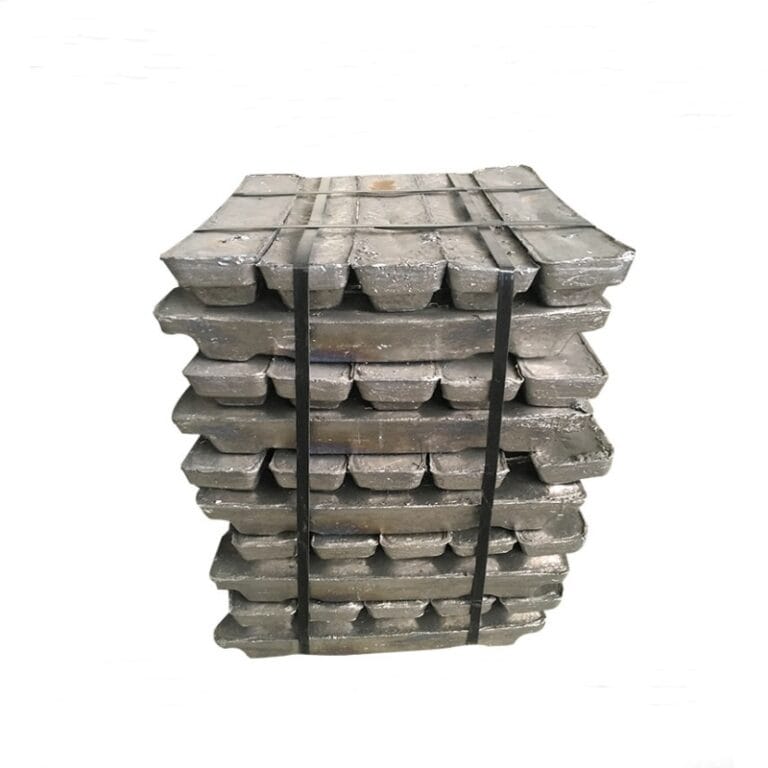Stainless Steel Pipe
Stainless steel pipe is a tubular material made of stainless steel and is widely used in many industries. Here are some key information about stainless steel pipe:
Material
Stainless steel pipe is mainly composed of iron, chromium, nickel and other elements. Common stainless steel materials include:
304 stainless steel: the most common type, with good corrosion resistance and processing performance.
316 stainless steel: contains molybdenum, has stronger corrosion resistance, especially suitable for marine environment.
201 stainless steel: lower cost, slightly weaker corrosion resistance, often used for general purposes.
Classification
According to the production process and use, stainless steel pipe can be divided into:
Seamless steel pipe: made by hot rolling or cold drawing process, no weld, high strength, suitable for high pressure environment.
Welded steel pipe: made by welding process, low cost, suitable for low pressure environment.
Application field
Stainless steel pipe is widely used in the following fields:
Construction: used for handrails, railings, structural support, etc.
Chemical industry: used to transport corrosive media.
Food processing: used to transport food and beverages to ensure hygiene.
Medical: used to manufacture medical devices and equipment.
Automobile: used for exhaust system, fuel system, etc.
Advantages
Corrosion resistance: Stainless steel pipes perform well in humid and corrosive environments.
High strength: With high mechanical strength, they can withstand high pressure and high temperature.
Sanitary: The surface is smooth and not easy to breed bacteria, suitable for food and medical industries.
Aesthetics: The surface is smooth and often used in decoration and construction.
Disadvantages
High cost: Compared with ordinary steel pipes, stainless steel pipes are more expensive.
Difficult to process: High hardness, difficult to process and weld.
Maintenance
Cleaning: Clean regularly to avoid accumulation of dirt and corrosive substances.
Inspection: Check the surface and joints regularly and repair damage in time.
Purchase suggestions
Choose materials according to the purpose: For example, 304 is suitable for general environments, and 316 is suitable for highly corrosive environments.
Consider the process: Choose seamless steel pipes for high-pressure environments and welded steel pipes for low-pressure environments.
Pay attention to size and thickness: Choose the appropriate size and wall thickness according to actual needs.
Stainless steel pipes have become an indispensable material in modern industry due to their excellent performance and wide application.

